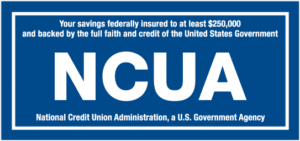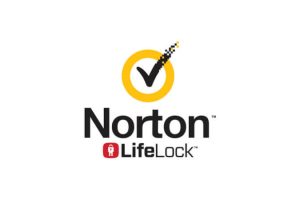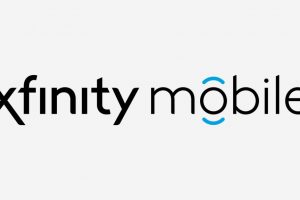As recent bank failures (Silicon Valley Bank and Signature Bank, respectively) remind us to review FDIC insurance amounts so we aren’t left footing the bill for mismanaging banks’ risks, it seems like now is an opportune moment to revisit how we arrived here. But first let’s quickly review how we arrived here.
Silicon Valley Bank (SVB) and Signature Bank shared similar concerns regarding exposure to certain asset classes; SVB had overexposure to low-interest long-term treasuries that had lost value with rising interest rates; Signature had an overextension into crypto firms. Another similarity between these banks was that roughly 90% of deposits at each were uninsured (depositors exceeding FDIC insurance limit coverage), compared with an average of 50% or lower at most large banks. As uninsured depositors (mainly businesses ) at each bank discovered that their funds could be at risk, it sparked bank runs across the U.S. during which one out-of-the-blue ransom note after another caused mass withdrawals – leading eventually to the establishment of the Federal Deposit Insurance Corporation (FDIC) agency during 1933 in response to Great Depression-induced bank runs that crippled America’s financial system.
How did SVB and Signature avoid mismanagement scrutiny until now? Many have pointed to the 2018 rollback of post-financial crisis regulations put into effect by the Dodd-Frank Wall Street Reform and Consumer Protection Act that came into force following the financial crisis of 2010. As part of that rollback, less stress-testing and regulatory oversight was provided for bank asset management through raising their asset threshold from $50 billion to $250 billion – leaving these large banks (but technically not large enough for increased scrutiny) mismanaging their assets as they took on unhealthy amounts of uninsured deposits which led to mismanageance by management as opposed to increased scrutiny being provided by oversight regulations.
The FDIC has taken extraordinary steps to restore confidence in banking by guaranteeing all deposits at SVB and Signature, even those exceeding standard FDIC insurance limits. You should not rely on this same generosity with your personal deposits now or in the future; we all must become familiar with FDIC insurance limits in order to better safeguard them – I provided an overview previously, but let’s go deeper into its workings, what assets it covers, and whether there are limits placed on FDIC coverage limits.
How Does FDIC Insurance Work? Long story short, FDIC member banks make premium contributions into an FDIC insurance fund in exchange for protection of depositor funds up to certain limits in case their banks were to fail. Everyone benefits: FDIC member banks pay premiums that go toward this fund while depositors are protected against potential bank failure. In theory, everyone wins.
Member banks benefit by limiting bank runs by uninsured depositors, with depositors enjoying peace of mind that comes from having their deposits insured and protected. At the same time, Government gains by not having to take over failed banks entirely and bail them out entirely.
Financial system as a whole benefits from increased stability.
How to Check If a Bank Is FDIC Insured
Most banks are FDIC insured, but you should confirm through this FDIC member bank search tool. However, recently several new Fintech companies have offered bank-like products without being FDIC insured and some have unfortunately gone under leaving customers vulnerable and out of pocket. As a general guideline it is wise to always confirm whether an institution is FDIC, NCUA, or SIPC-insured before handing over any personal funds.









+ There are no comments
Add yours